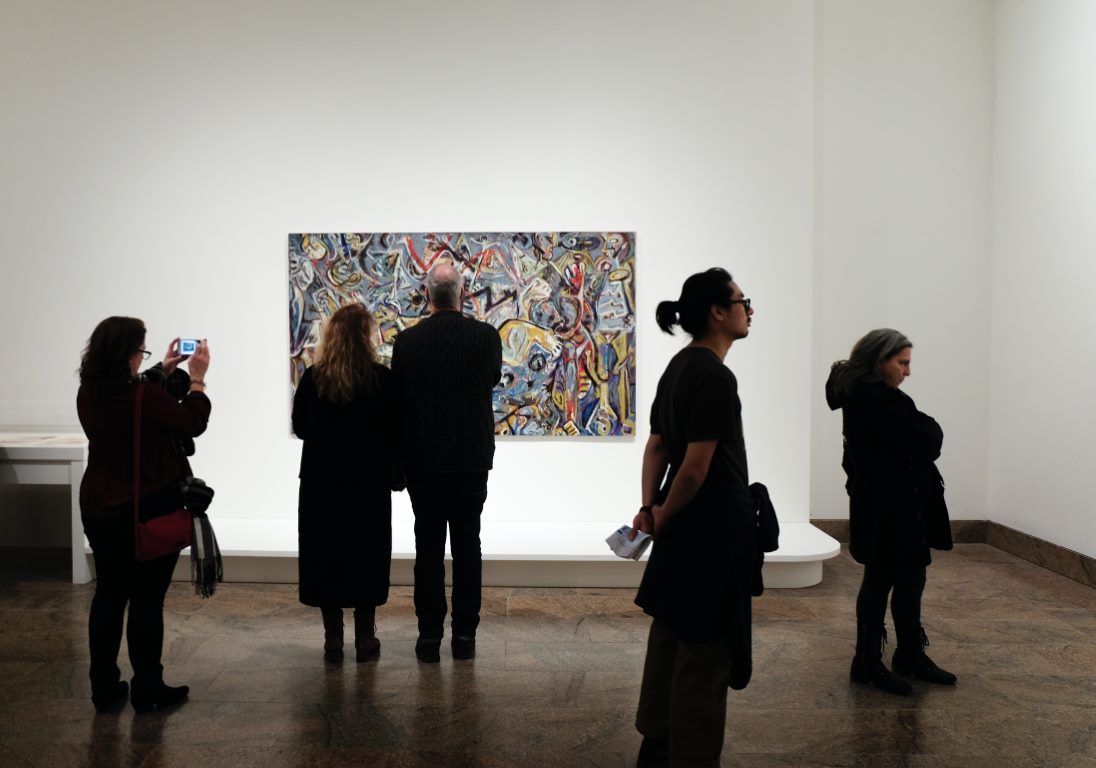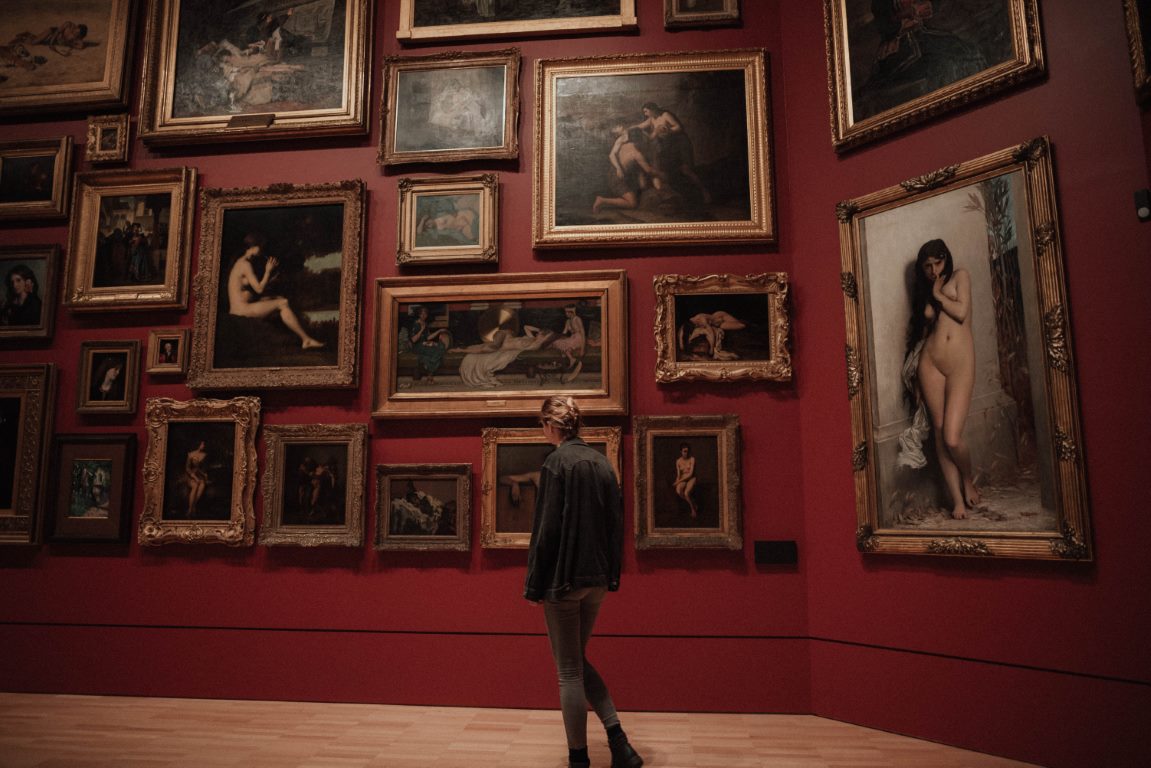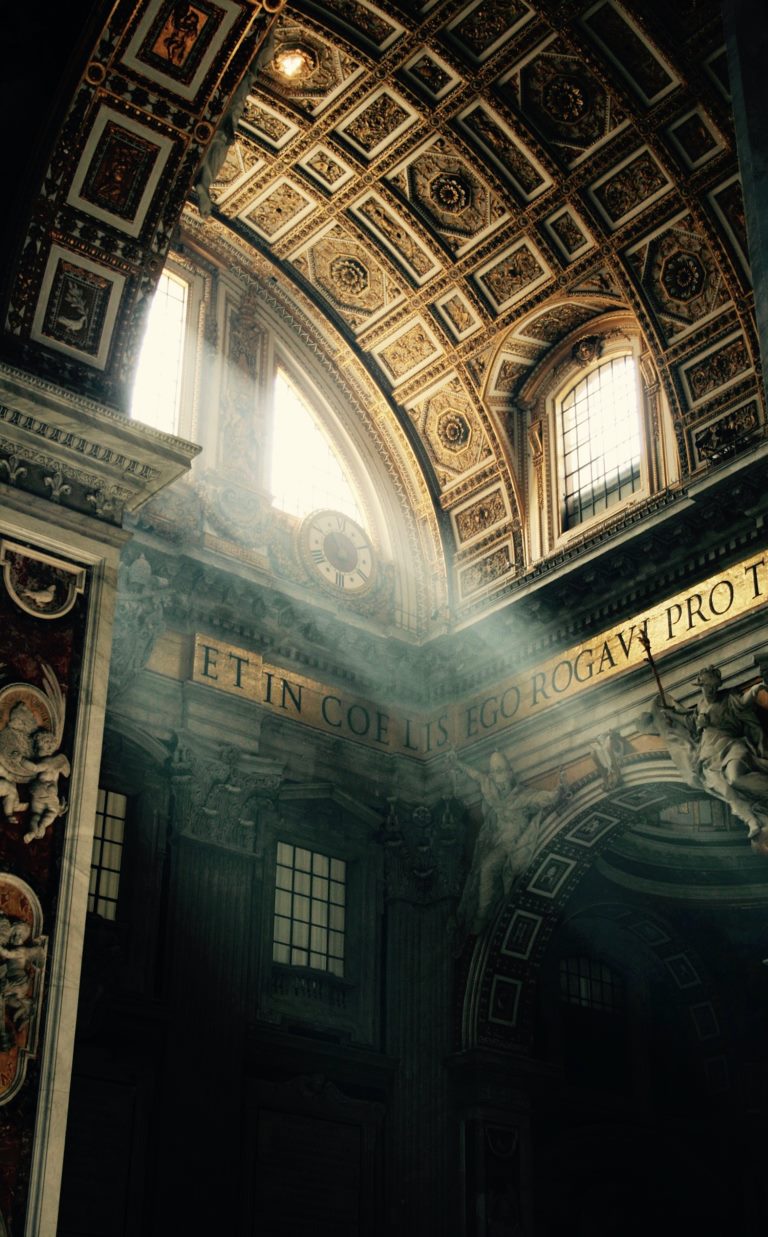Welcome to The Best Walking Tours in Rome! Rome is a city filled with history, culture, and charm. What better way to experience it than on foot? Walking tours are a great way to see the city, learn about its rich history, and get some exercise while you’re at it. In this post, we’ll be sharing some of the best walking tours in Rome, from tours of the historic center to food tours that will take you on a culinary journey through the Eternal City. So put on your walking shoes and let’s explore Rome together!
The 5 Best City Walkings in Rome
- Semi Private Walking Tour of the Vatican With Early Entrance and Colosseum Underground
- Private Walking Tour of Rome and a Pizza Making Class
- Skip the Line Private Tour Vatican Museums Walking Tour
- Haunted Rome Walking Tour
- Skip the Line Borghese Gallery and Gardens Walking Tour
The 5 Best City Walkings in Rome
1. Semi Private Walking Tour of the Vatican With Early Entrance and Colosseum Underground

This walking tour proves to be essential for anyone visiting Rome for the first time. The Vatican can be an intimidating attraction, but this small-group tour takes care of everything. With a maximum of just six people, you can skip the line at the Colosseum and explore three of its limited-access areas. The tour also includes a visit to the Trevi Fountain and Pantheon, as well as the opportunity to learn about the Roman Empire at the Forum. One of the highlights of the tour is the early entrance to the Vatican Museums and Sistine Chapel, where you can admire Michelangelo’s famous frescoes without the crowds. This personalized tour ensures that you get the most out of your visit to Rome with the attention of an expert guide.
2. Private Walking Tour of Rome and a Pizza Making Class

Experience the best of Rome’s iconic architecture and delicious cuisine with this private walking tour that includes a pizza making class. You’ll explore the city’s historic center with a knowledgeable guide and see famous landmarks like Piazza Navona, the Trevi Fountain, and the Spanish Steps while learning about their history and significance. After the sightseeing, you’ll head to a local restaurant to participate in an exclusive pizza-making workshop with a professional chef, where you’ll learn how to make an authentic pizza from scratch. You’ll even receive a copy of the recipe to take home as a souvenir. Finally, you’ll get to enjoy the pizza you made, along with a dessert and drink, as you cap off your tour. This is a great way to see the best of Rome without worrying about navigating or choosing where to eat. The tour includes lunch or dinner, the pizza-making class, and gratuities, and meets at a convenient meeting point in Piazza Barberini. The tour ends in Piazza della Rotonda.
3. Skip the Line Private Tour Vatican Museums Walking Tour

Discover the world-famous Vatican art and architecture on a skip-the-line private tour of the Vatican Museums. Your expert guide will take you through the impressive Gallery of Maps and other majestic rooms while you listen to in-depth commentary about the Renaissance artwork and artists such as Michelangelo. You’ll also visit the breathtaking Sistine Chapel to see The Creation of Adam fresco and explore St Peter’s Basilica. Along the way, you will learn fascinating insider details about the Vatican’s history and art from your private guide. With reserved entranceways, you’ll skip past all the lines, including priority ones. This tour can be fully customized to your interests and personal requests. Get a unique and exclusive experience of the Vatican that suits your preferences.
4. Haunted Rome Walking Tour

Rome is a city full of history, some of which is quite chilling. If you’re looking for an adventure that is both spooky and educational, you might want to check out a small-group haunted Rome evening walking tour. The tour takes you to some of the city’s creepiest attractions, including the Pantheon, Castel Sant’Angelo, and the Capuchin Crypt, where you’ll find bone chapels decorated with the skeletons of Capuchin monks. You’ll also hear stories about local ghosts, beheadings, and pagans. The tour is conducted at night, when the crowds disperse and temperatures drop, adding to the overall eeriness of the experience. The fee includes all taxes and fees, an entry ticket to the Crypt of the Capuchin, a professional guide, and hotel pickup and drop-off. Food and drinks are not included. The meeting point is at P.za Barberini 21, and the guide will be waiting at the corner with piazza Barberini and via Via di S. Nicola da Tolentino. Don’t miss out on this spine-tingling adventure that will leave you with a newfound appreciation for Rome’s haunting history.
5. Skip the Line Borghese Gallery and Gardens Walking Tour

Enjoy a skip-the-line tour of Borghese Gallery and Gardens in Rome and discover masterpieces from some of Italy’s greatest artists such as Caravaggio, Bernini, and Titian. With a knowledgeable guide, you will explore the famous collection of sculptures and paintings at the Borghese Gallery without having to wait in line. This small-group walking tour guarantees personalized attention with a maximum of 15 participants. Don’t miss the chance to stroll through the tranquil gardens and enjoy a breathtaking view of the city from the Pincian terrace. This budget-friendly tour also includes a visit to Piazza del Popolo. Upgrade your ticket to a private tour exclusive to your group. Pre-book your ticket and reserve your spot in advance as this popular attraction often sells out quickly.
Frequently Asked Questions About Rome
Rome is one of the most visited cities in the world, with millions of tourists flocking to its ancient ruins, incredible art collections, and delicious Mediterranean cuisine each year. However, with so much to see and do in Rome, it’s no surprise that visitors have a lot of questions. In this post, we’ll answer some of the most frequently asked questions about Rome to help you plan your perfect trip.1. When is the best time to visit Rome?
Rome is a year-round destination, but the best time to visit is between April and June or September and October when the weather is mild, and the crowds are smaller. July and August can be extremely hot, and many locals take their vacations during this time, which means some shops and restaurants may be closed.2. What’s the best way to get around Rome?
Rome has an extensive public transportation system, including buses, trams, and a metro. The metro only has two lines, but they cover many of the top tourist sites, and it’s inexpensive and easy to use. Taxis are widely available but can be expensive, and traffic in Rome can be challenging to navigate.3. How do I avoid long lines at Rome’s top attractions?
Rome’s top attractions, such as the Colosseum and the Vatican, can have enormous queues, especially during peak tourist season. To avoid the lines, it’s best to book your tickets in advance or purchase a Roma Pass, which includes skip-the-line access to many of Rome’s top sites.4. Is Rome safe?
Like any big city, Rome has its share of petty crime, such as pickpocketing and bag-snatching. However, violent crime is rare, and most tourists visit Rome safely without encountering any problems. It’s always essential to be aware of your surroundings and take precautions, such as keeping your belongings close to you.5. What should I wear in Rome?
Rome is a fashion capital, so it’s a good idea to dress well when you’re out and about. However, comfort is essential, as there’s a lot of walking involved in exploring the city’s many attractions. Dress appropriately for the season, and avoid wearing revealing or inappropriate clothing when you’re visiting religious sites such as the Vatican.6. How much money should I budget for a trip to Rome?
Rome can be an expensive city to visit, especially if you plan on dining out at its many fantastic restaurants. However, it’s also possible to keep costs down by staying in budget accommodation and taking advantage of inexpensive street food. A budget of around $100-$150 per day per person should cover food, accommodation, and transportation costs.7. What should I eat in Rome?
Rome is famous for its pizza, pasta, and gelato, but there’s so much more to the city’s cuisine than these staples. Try some of Rome’s lesser-known dishes, such as suppli (deep-fried rice balls), carciofi alla giudia (fried artichokes), and saltimbocca alla romana (veal cooked in white wine and prosciutto).8. What are the must-see attractions in Rome?
Rome is full of incredible attractions, so it’s challenging to narrow them down to just a few. Some of the top attractions include the Colosseum, the Roman Forum, the Sistine Chapel, the Pantheon, and the Trevi Fountain. However, there are also many lesser-known sites, such as the Appian Way or the Aventine Hill, that are well worth a visit.9. Do people in Rome speak English?
English is widely spoken in Rome’s tourist areas, such as the city center and Vatican City. However, outside of these areas, it’s not as common, so it’s a good idea to learn a few basic Italian phrases, such as “buongiorno” (good morning), “grazie” (thank you), and “scusa” (excuse me).10. Can I drink the water in Rome?
Tap water in Rome is potable and safe to drink, although the taste may not be to everyone’s liking. Many people prefer to drink bottled water instead, which is widely available in shops and restaurants throughout the city.How to Spend Your Time as a Tourist in Rome: A Comprehensive Guide
If you’re planning a trip to Rome, you’re in for a treat. The city is filled with history, art, architecture, and delicious food. However, with so many things to see and do, it can be overwhelming to plan your itinerary. In this guide, we’ll break down the top things to do in Rome and provide you with a sample itinerary that you can customize to fit your preferences and schedule.Day 1: Explore Rome’s Ancient History
Rome is a city that is steeped in ancient history, and your first day should be spent exploring some of the city’s most iconic landmarks.1. The Colosseum and the Roman Forum
No trip to Rome is complete without a visit to the Colosseum and the Roman Forum. These ancient ruins were once the heart of the Roman Empire, and they offer a fascinating glimpse into Rome’s past. We recommend booking a guided tour to learn more about the history and architecture of these iconic landmarks.2. The Pantheon
The Pantheon is another must-see ancient landmark in Rome. This former temple is now a church that boasts a stunning dome and intricate marble floors. The Pantheon is a great spot to visit in the afternoon when the sun is shining through the open oculus.3. The Trevi Fountain
After a day of exploring Rome’s ancient history, head to the Trevi Fountain to make a wish and toss a coin into the water. This iconic fountain is one of Rome’s most popular tourist spots, so be prepared for a crowd.Day 2: Visit the Vatican City and Explore Modern Rome
On your second day in Rome, we recommend spending the morning exploring the Vatican City and the afternoon checking out some of the city’s more modern offerings.1. The Vatican Museums and St. Peter’s Basilica
The Vatican Museums and St. Peter’s Basilica are must-see landmarks in Rome. The museums house one of the largest art collections in the world, while the basilica is a stunning example of Renaissance architecture.2. The Spanish Steps and Piazza del Popolo
After your morning at the Vatican, head to the Spanish Steps and Piazza del Popolo to explore some of Rome’s more modern offerings. The Spanish Steps offer a great view of the city, while the Piazza del Popolo is a bustling square that is surrounded by shops and restaurants.3. Villa Borghese
If you have time in the afternoon, we recommend visiting Villa Borghese. This stunning park is filled with sculptures and art, and it offers a great view of the city.Day 3: Enjoy Rome’s Food and Culture
On your final day in Rome, we recommend taking in some of the city’s culture and cuisine.1. The Borghese Gallery
Start your day by visiting the Borghese Gallery. This museum houses a stunning collection of art, including works by Caravaggio and Bernini.2. Trastevere
In the afternoon, head to Trastevere, one of Rome’s most charming neighborhoods. This area is known for its narrow streets, cozy cafes, and delicious food.3. Taste the Local Cuisine
No trip to Rome is complete without indulging in some of the city’s delicious cuisine. We recommend trying some of the local specialties, such as pasta alla carbonara, pizza al taglio, and gelato.Conclusion
Rome is a city that is filled with history, art, architecture, and culture. With this sample itinerary, you can make the most of your time in the city and experience all that Rome has to offer. Remember to book tours and tickets in advance to avoid long queues, and consider hiring a local guide to learn more about Rome’s fascinating history and culture.
Table of Contents
Table of Contents

